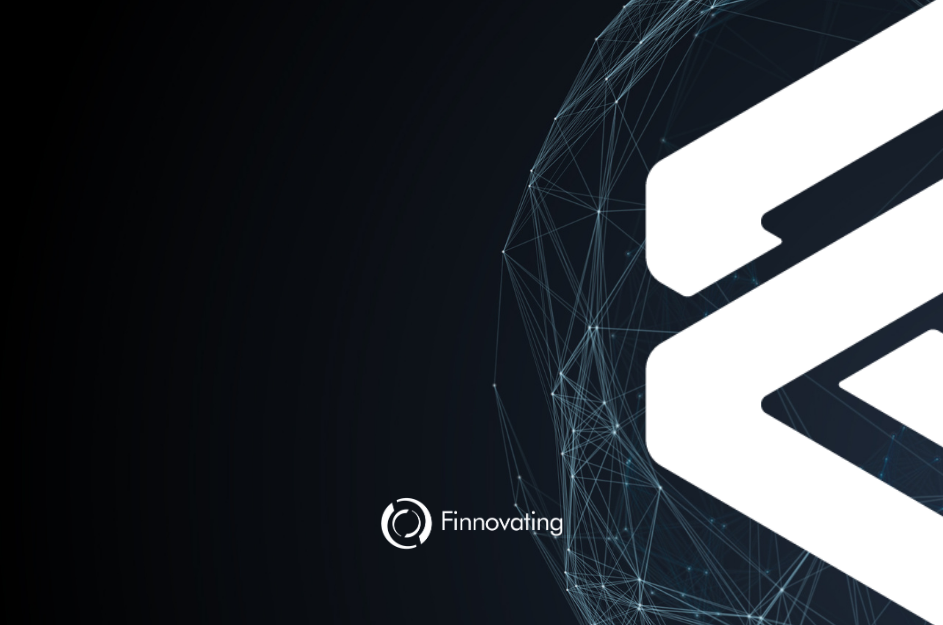KYC (Know Your Customer) process can be problematic and difficult for companies due to various reasons. Firstly, it can be a time-consuming and resource-intensive process, especially for companies dealing with a large number of customers or clients. The process of verifying customer identities and conducting due diligence checks can take significant time and effort, particularly when dealing with complex ownership structures or international clients.
Also, there can be a lack of standardization and consistency in KYC requirements across different jurisdictions, which can create confusion and additional compliance burdens for companies operating across multiple countries. This can also lead to discrepancies in how different regulatory bodies interpret and enforce KYC regulations.
The risk of fraud and identity theft can pose a significant challenge in the KYC process. Fraudsters and criminals may use stolen or falsified documents to establish false identities, which can make it challenging for companies to detect and prevent fraudulent activity. This can also result in reputational damage and financial losses for companies.
Data privacy concerns can also make the KYC process difficult for companies. The collection and storage of personal data can be subject to strict regulations, and companies must ensure that they comply with applicable laws and regulations to protect customer privacy.
What is Blockchain Technology?
Blockchain technology is a type of digital ledger that records transactions in a secure and transparent manner. It uses cryptography to maintain a decentralized database that is tamper-proof and resistant to hacking.
In a traditional database, a single entity or organization controls and maintains the database, and any changes made to it are recorded by that entity. In contrast, in a blockchain, transactions are verified and recorded by a network of computers called nodes, which work together to ensure the accuracy and security of the information.
Each block in the chain contains a set of transactions, and once a block is added to the chain, it cannot be altered or deleted. This creates an immutable record of all transactions, which is transparent and visible to all participants in the network.
The use of blockchain technology is not limited to cryptocurrencies like Bitcoin. It has many potential applications in areas such as supply chain management, digital identity verification, voting systems, and more. The technology is still relatively new, but its potential to revolutionize the way we store and share information is becoming increasingly clear.
Blockchain as a Solution for KYC
Blockchain has the potential to solve many of the challenges and inefficiencies of the traditional KYC process. The technology that allows for secure, transparent, and unchangeable record-keeping is highly valuable. By leveraging blockchain, companies can create a decentralized identity verification system that can securely store and share customer data in a tamper-proof manner.
One of the main benefits of using blockchain for KYC processes is increased efficiency. With blockchain, customer data can be stored in a secure digital identity, eliminating the need for paper-based documents and manual data entry. This can streamline the onboarding process, reducing the time and cost associated with traditional KYC processes.
Additionally, blockchain can increase KYC processes’ security level. With traditional KYC processes, customer data is typically stored in centralized databases, which are vulnerable to cyberattacks and data breaches. In contrast, blockchain uses advanced cryptographic techniques to ensure the security and privacy of customer data. By using a decentralized system, it is much more difficult for hackers to access and manipulate data.
Blockchain technology can enhance data accuracy and reduce errors by providing a single, immutable source of truth for customer data. This can help to eliminate inconsistencies and discrepancies in customer data, reducing the risk of fraudulent activity and regulatory compliance issues.
Steps for Best Practice
Utilize decentralized identity solutions: Decentralized identity solutions on blockchain can offer more privacy and security to customers' sensitive information, while also making it easier to manage and update. For example, using a self-sovereign identity system that allows customers to control their own identity information can improve the KYC process.
- Ensure compliance with regulations: While blockchain technology can improve the KYC process, it's important to ensure that any solutions implemented are compliant with relevant regulations, such as GDPR and AML/KYC laws.
- Collaborate with industry partners: Collaboration with other industry players can help to standardize blockchain-based KYC solutions and drive wider adoption. Working with other organizations can also help to share knowledge and resources to improve the effectiveness of the KYC process.
- Incorporate smart contracts: Smart contracts can automate certain aspects of the KYC process, reducing the potential for human error and ensuring compliance with predefined rules.
- Ensure data security: As with any technology, data security is crucial when implementing blockchain-based KYC solutions. Encryption and other security measures can help to protect sensitive customer information.
- Focus on user experience: While improving the security and efficiency of the KYC process is important, it's also crucial to ensure that the process is user-friendly and not overly burdensome for customers. Implementing a simple and intuitive user interface can help to increase adoption and customer satisfaction.





